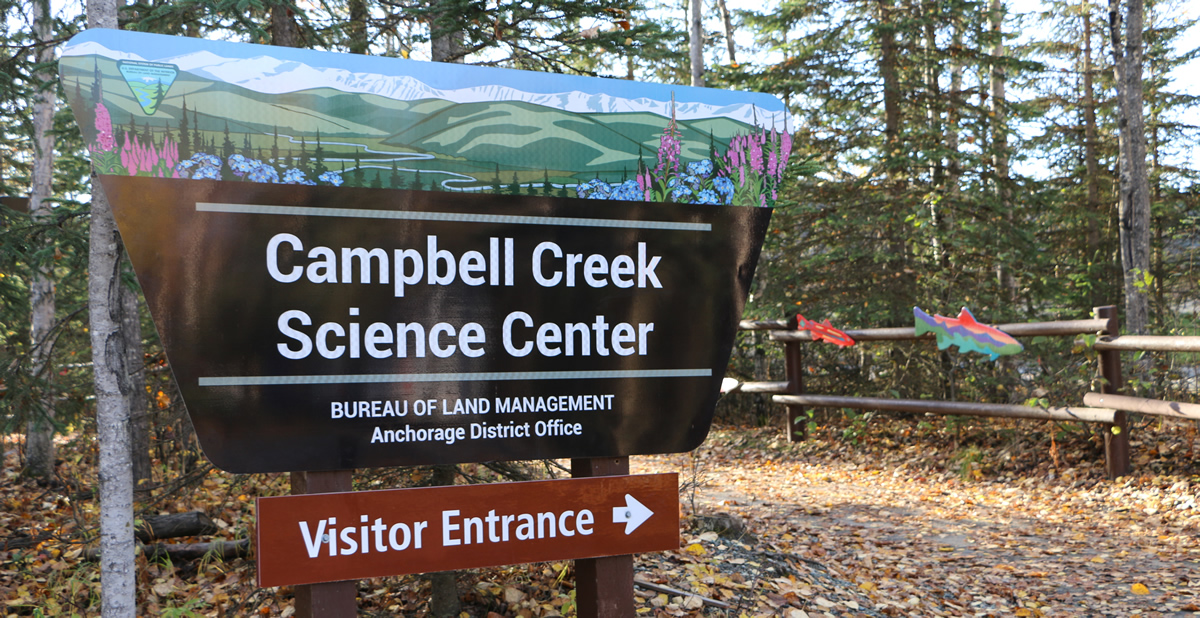Alaska man headed to prison for theft, destruction of woolly mammoth tusk
The tusk was unearthed along the Colville River on Alaska's North Slope, an important area for Arctic fossils.

An Anchorage man was will go to prison for early three years in prison for stealing and chopping up a woolly mammoth tusk excavated decades ago in Arctic Alaska and on display at a Bureau of Land visitor site.
Martin Thornley Elze was sentenced by U.S. District Court Judge Sharon Gleason on Thursday to 33 months in prison, plus three years’ supervised release for removal of a paleontological resource, a federal offense to which he pleaded guilty in December. Three related charges were dropped in the plea deal.
The tusk had been found in the 1980s along the Colville River on Alaska’s North Slope. The Colville, lined by steep cliffs in the Arctic permafrost, has provided a bonanza of paleontological discoveries — including well-preserved fossils that have led to identification of new-to-science dinosaur species and changed ideas about dinosaurs in cold regions, as well as discoveries of new-to-science mammals, including the northernmost known species of Cretaceous-era marsupial. The stolen mammoth tusk was among several Pleistocene-era fossils retrieved from the Colville.
It was taken from the Bureau of Land Management’s Campbell Creek Science Center in Anchorage, and Elze and Boyd were arrested after their images were captured on a security camera at the center.
The two admitted to cutting up the tusk and selling off the pieces, making it impossible to recover.
Elze, in addition to having to serve a prison term and subsequent supervision, was ordered to pay $8,385.82 in restitution for the tusk and for damages to a broken window at the science center.
The market value of the tusk was estimated at $7,000 to $9,000, according to the U.S. Attorney’s Office in Alaska, but its scientific value went well beyond dollars, according to experts who asked the court for a stiff sentence.
Among those was Pat Druckenmiller, director of the University of Alaska Museum of the North in Fairbanks.
“From a scientific standpoint, the tusk is arguably the most informative part of the animal; it helps us understand if it is male or female, how old it was, and the tusk is like at diary of the animal’s life,” he said in an email. “Because if grows throughout life, it records chemical traces of the food it ate, the areas it roamed across, and the climate of that period. Fossils found on State and federal land are owned by the public and part of our history.”
Woolly mammoths hold a special place in the natural history of the Arctic region.
The mammoths on the North American and Eurasian mainlands went extinct about 10,000 years ago, at the end of the last Ice Age. However, remnant populations survived thousand more years on Alaska’s St. Paul Island and Russia’s Wrangel Island. The St. Paul population died out about 5,600 years ago; scientists believe they were doomed by the lack of fresh water on the island. The Wrangel population survived to about 4,000 years ago.